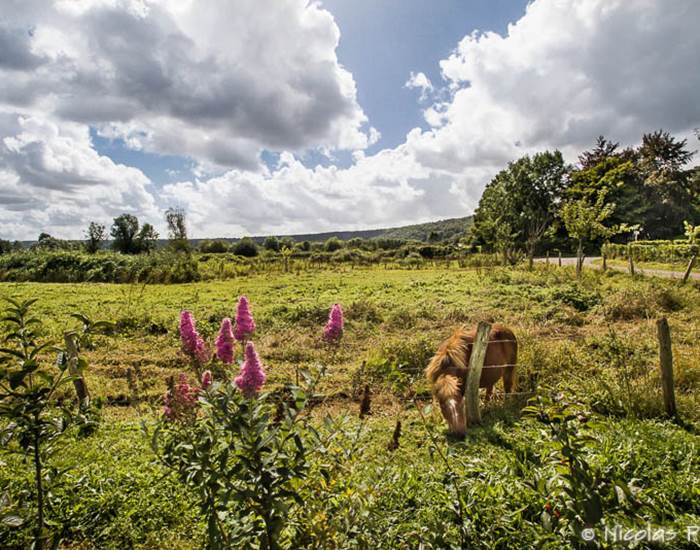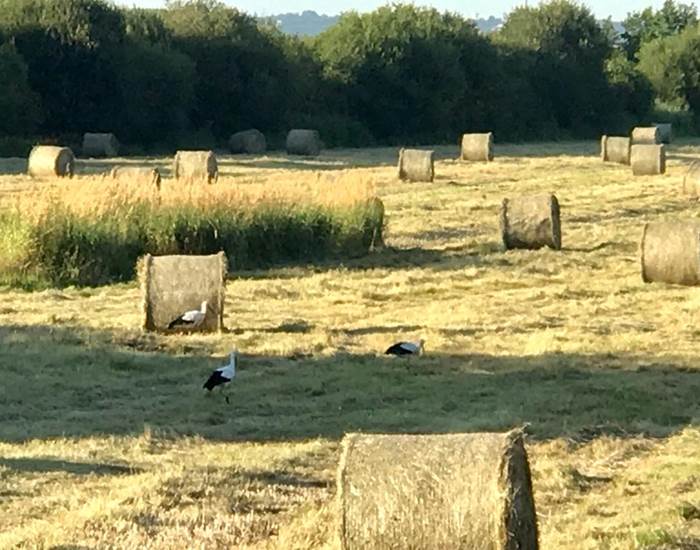Marais Vernier, zenitude in Normandy
Let yourself be surprised and surrender to nature. No need to go to the end of the world to disconnect and get away from it all ! The Marais-Vernier is a privileged playground for those who want to recharge their batteries and get back to basics.
In the heart of the Regional Natural Park of the Loops of the Seine Normande , the Marais-Vernier is a precious and unique natural site in France. Born from a meander that the Seine abandoned thousands of years ago, the Marais-Vernier is today a vast wetland in the shape of an amphitheater where the ecosystem can be observed from a panoramic tower. From there, we can make out ducks, migrating birds, swans in flight and we can hear the frogs croaking ...



Get away from it all in a preserved world
In the early morning, at sunrise under a light mist, the flora and fauna slowly awaken.In the marsh, Mother Nature contemplates herself . Life flourishes and we are spectators. During a walk , it is not uncommon to come across Scottish cows and Camargue horses which have become acclimatized over the years. On the paths, the longères and their thatched roofs, the orchards made up of apple trees reveal an authentic Normandy , preserved from all the hustle and bustle of a world where everything is accelerating .
Once used for grazing or mowing by local farmers, the peaty wet meadows represent the characteristic ecosystem of the nature reserve.
We note the presence of depressed sedge, obtuse flowering rush, English cirse or even loose flowering orchis in low alkaline marshes, officinal marshmallow and Gérard's rush for inland or even the royal osmonde, the thelyptéride of the marshes, the royal pepper and the sedge with two veins for the birch grove and its thinnings.
On the faunistic side, the reserve is home to an avifauna rich in species.In addition to species that appreciate open environments such as the farlouse pipit or the crested lapwing, there are birds characteristic of grazed marshy meadows: the common snipe, the common curlew, etc.
The short-eared owl comes to hunt there. This one, like the common bittern, winters there frequently. The white stork has been successfully nesting since 1993, installed on an artificial nest purposefully built to encourage the return of this once more frequent large wading bird.
In the nature reserve, there is no path. It's just not a place to walk.








